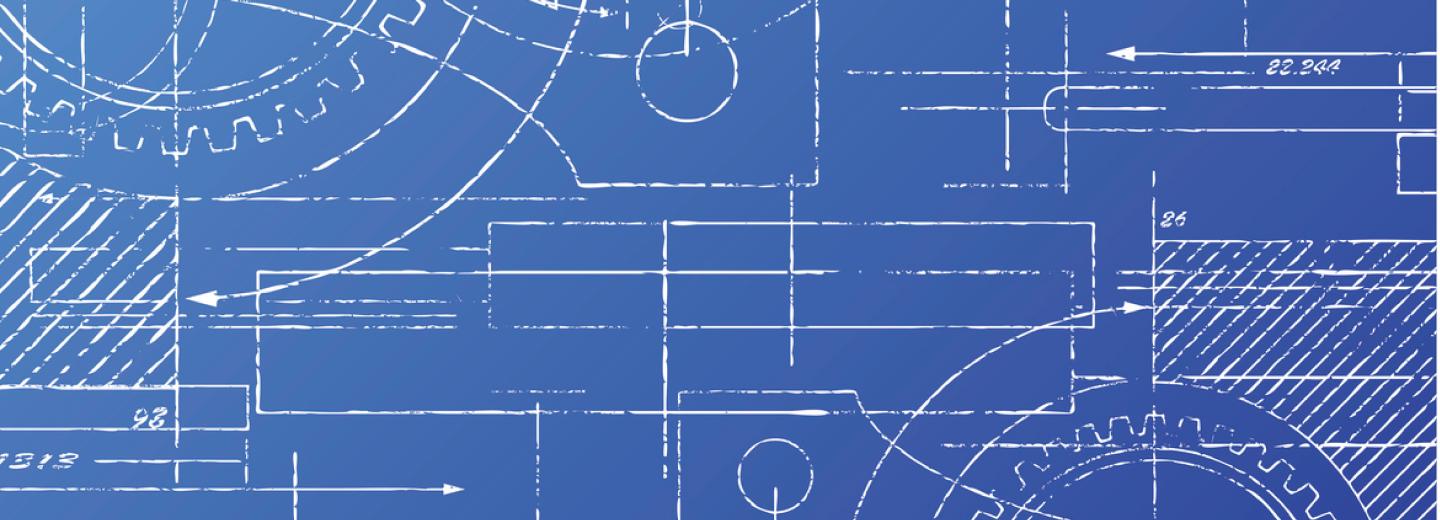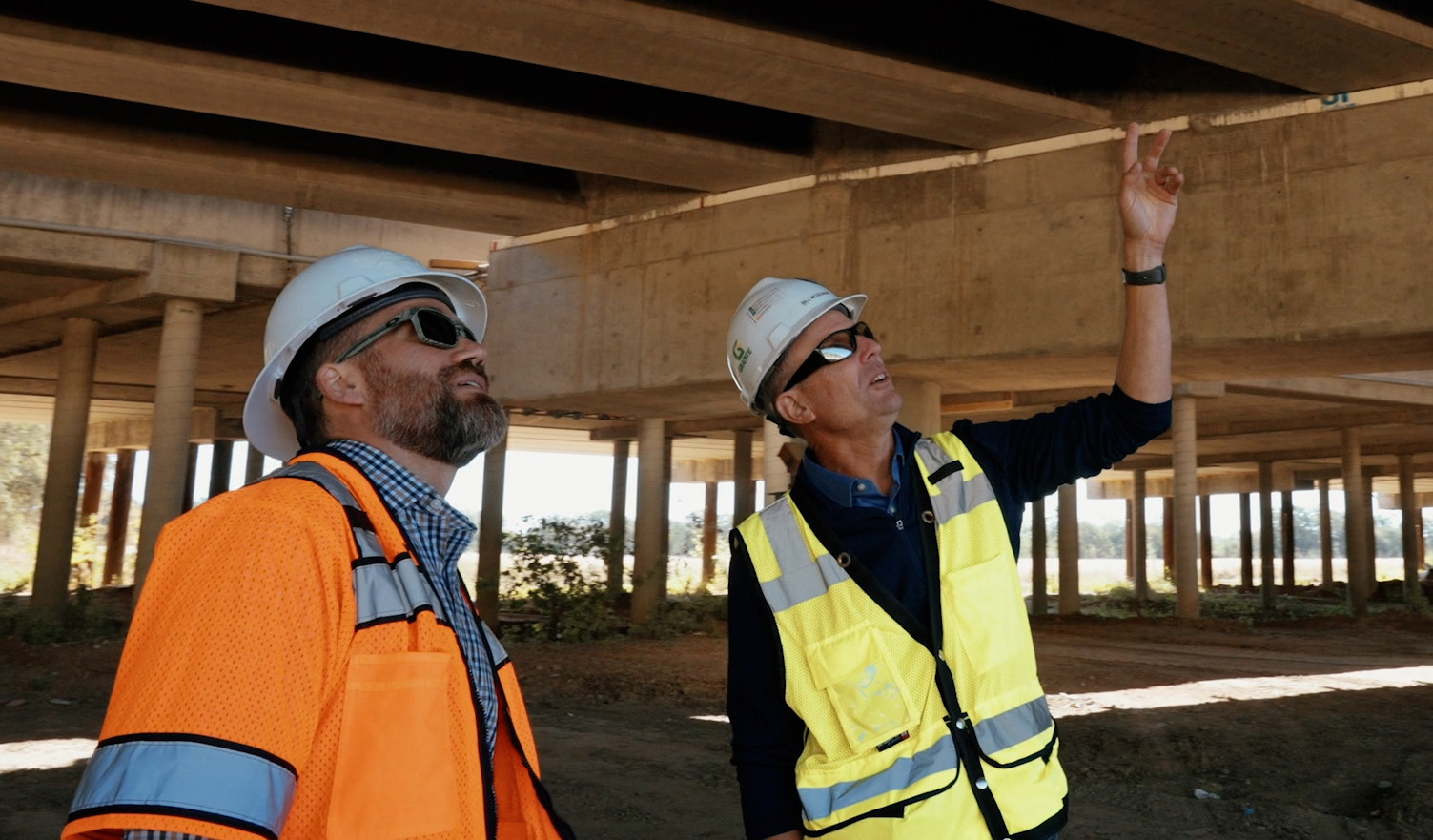Over his nearly 40-year career at Granite, VP of Business Development Bill McGowan has seen significant changes in how the riskiest and most consequential projects are delivered. Recently, his focus has been on working with clients to complete these large, complex infrastructure projects on time, on budget, and within the bounds of a mutually trusting relationship.

Bill McGowan Discusses Collaborative Delivery at Granite

This effort has been executed mainly through collaborative delivery (CD) methods, which enable Granite to provide the highest value to the owner, regardless of price:
- Construction manager/general contractor (CM/GC)
- Progressive design-build (PDB)
- Construction Manager at Risk (CMAR)
These methods enable Granite to provide advice during the design phase to ensure the best value for clients during the construction phase. Low price is generally not the main component of “best value” on a CD project.
Connections sat down with Bill to learn more about Granite’s history with these CD methods, our current place in the market, and future goals in the area.
We are hearing a lot about CM/GC, PDB, CMAR, and the like. Can you explain these terms?
Fundamentally, these are all examples of collaborative delivery, which is when the owner, designer, and builder work together in a close, transparent, and trusting environment to design and build a project. This is in comparison with the traditional bid-build world, where the owner works in separate silos with a designer and a contractor and minimizes contact between them. Collaborative delivery promotes direct communication among the owner, the designer, and the builder, allowing an integration of perspectives to enhance a project’s delivery.
What was your first experience with collaborative delivery?
Back in the early 1990s in California, I worked on the State Route 73 toll road project in Orange County as a project engineer. This was a traditional design-build mega-project, where the contractor and the designer collaborated but the owner stayed on the sidelines—an early form of CD but somewhat limited by today’s standards.
At the time, the design-build process was new to everybody—the owners, the designers, and the builders. Everyone wanted to make it work, but the different parties didn’t fully understand how the risk was distributed.
From my rather lowly perspective (at the time), the delivery method didn’t make the project feel hugely different. The biggest thing I noticed was that there was a more freewheeling and efficient environment, and it was clear that communication was cleaner and quicker between the designer and the builder.
In today’s marketplace, how does Granite compare with other companies on these new delivery methods?
Granite is a top-tier contractor in the CD space. Along with traditional bid-build, we’ve added a large portfolio of CD projects. Across the country, there are several geographic markets in which Granite is number one in collaborative delivery. So maybe the real question is, Why? Why are we so strong in CD in these markets?
I think it comes down to our history and positioning in these geographic areas, which aligns with our home market strategy. If you think about Arizona, California, Utah—we are big CD players in those markets, with many longstanding owner and stakeholder relationships. If we have trust and a strong track record with clients and stakeholders, our chances of being selected for CD projects go way up. Essentially, for most CD projects, owners choose their contractor based on the qualifications, including relationships and past performance. If they know us, and they know us to be a fair business partner, Granite is an easy sell.
Considering how our industry and economy have changed, why have these alternative methods become necessary?
Fundamentally, I think communities have raised the bar on project delivery. They want upgrades to their infrastructure without delays or budget overruns. Public owners are governed by elected officials. As such they are always looking for ways, like CD, to ensure that projects are delivered on time and on budget. It doesn’t mean that all projects must be PDB or CM/GC; but when you see a big, tough, complex project, smart clients are inclined to use CD for advice and input from the builder during the design phase because it leads to better outcomes.
Furthermore, if you think about today’s “hot” construction market, demand is often greater than what the contracting community can provide, which drives up pricing and may even raise project risk. Proactive owners are inclined to move away from the low bid and select contractors based on qualifications. They believe that working collaboratively with a known and qualified contractor will yield the most value—and the lowest risk—for their constituents.
What do you see as the key benefits—economic, relationship, sustainability, or otherwise—of leveraging CD?
Collaborative delivery is about maximizing innovation, sustainability, and risk management on a project. Along the same lines, one of our clients calls it minimizing the “total cost of ownership” to create the most economic value. When we analyze all project elements in a collaborative environment, we’re likely to come up with some cool project features that save money and provide enduring value for our clients.
Click here to learn more about collaborative delivery
